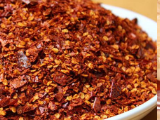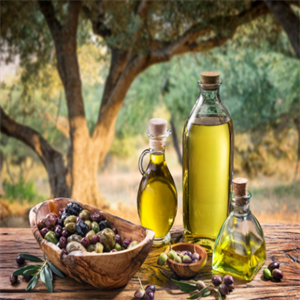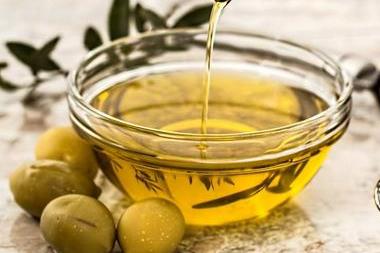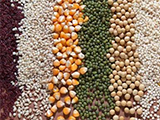Olive oil
Introduction to Olive Oil Food
How to eat olive oil
Domestic history of olive oil
See more "olive oil" franchise projects
“ Olive oil ”Related franchise projects
-
-
Investment amount: -
50000~100000 yuan
-
Consultation: -
zero people
-
Requested: -
nine hundred and fifty-five people
Turkish olive oil Xicheng District -
-
-
Investment amount: -
100000~200000
-
Consultation: -
zero people
-
Requested: -
eight hundred and twenty-one people
Greek olive oil headquarters Lixia District, Jinan City, Shandong Province -
-
-
Investment amount: -
50000~100000 yuan
-
Consultation: -
zero people
-
Requested: -
nine hundred and sixty people
Pinli Olive Oil Headquarters Jingde County, Xuancheng Prefecture, Anhui Province -
-
Products: Olive oil Number of stores: two hundred and fifty-four -
Investment amount: -
200000~500000
-
Consultation: -
zero people
-
Requested: -
one thousand one hundred and ninety-one people
Qingdao Jinouli Marketing Co., Ltd Huangdao District, Qingdao, Shandong -
-
Products: Cereals, oils and local products Number of stores: two hundred and sixty-eight -
Investment amount: -
100000~200000
-
Consultation: -
zero people
-
Requested: -
one thousand and eleven people
Gansu Longnan Xiangyu Olive Development Co., Ltd Wudu County, Longnan Prefecture, Gansu Province -






